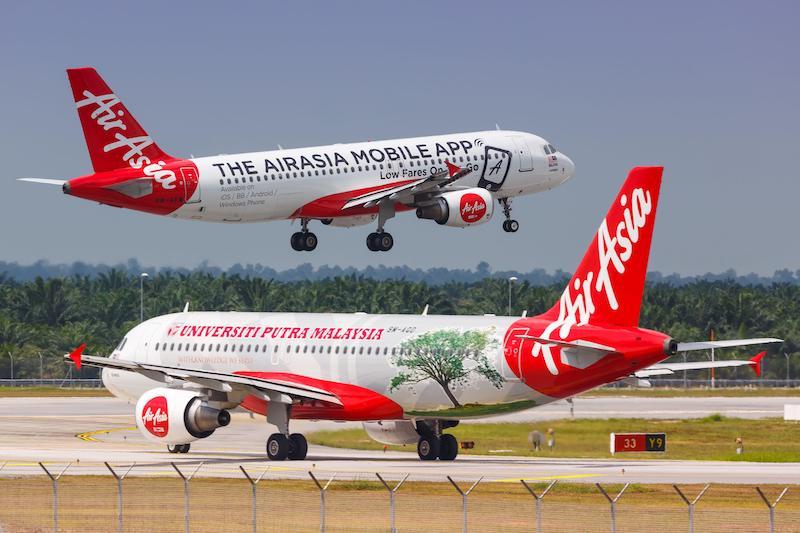
AirAsia is expanding its presence in the Malaysia-Hong Kong market with the launch of a route from Penang, the airline’s third-biggest hub.
Service will start on Aug. 10, operating three times per week on Tuesdays, Thursdays and Saturdays using Airbus A320 aircraft. The introduction of the 2,391-km (1,291-nm) route comes after a decade-long hiatus.
AirAsia first launched flights to Hong Kong from the northern Malaysian region of Penang in 2009 when it established a hub there. However, flights were suspended in May 2013, and the sector has remained absent from the LCC’s network ever since.
“AirAsia Group has the largest international connectivity from Penang, with a market share of 40%,” Riad Asmat, AirAsia Malaysia CEO, says. “This expansion not only strengthens AirAsia’s foothold beyond the Association of Southeast Asian Nations (ASEAN), but also reinforces our commitment to fostering economic growth through tourism.”
AirAsia will provide competition for Cathay Pacific, which serves Penang-Hong Kong four times per week using A330-300s. It will become AirAsia's seventh scheduled international service from Penang, further bolstering the carrier's domestic and international schedule from the airport to 217 flights per week.
“We are confident that the addition of three weekly flights from Hong Kong will not only reinforce Penang’s status as a top tourist hotspot in Malaysia, but will also contribute significantly to the island's overall appeal,” says Yeoh Soon Hin, Penang State executive councillor for tourism and creative economy.
Penang-Hong Kong will be AirAsia’s third route to Hong Kong from Malaysia. It also serves the Special Administrative Region of China from Kuala Lumpur twice a day and daily from the city of Kota Kinabalu on Borneo.
The network expansion in Malaysia comes as Capital A, the parent of AirAsia, mapped out its ambitions for AirAsia Philippines. Group CEO Tony Fernandes says the Philippines is a key destination for the airline’s further expansion in ASEAN and beyond.
He explains the future plans include expanding AirAsia Philippines’ existing hubs in Cebu, Clark and Kalibo by adding more regional routes to Japan, Korea and China. Additionally, Fernandes expects the airline to double its fleet of 16 operational aircraft by 2024.
“We’ve said for a long time we want to bring tourists to the Philippines—we were on our way, and then COVID came, so we will start again,” he says.
“The aviation sector has really bounced back stronger and is driven toward further growth. Leisure is very strong, which continues to drive high ticket sales. Looking at the spending attitude, people will spend first on travel before anything else. This will further stir travel demand stronger and stronger.”
